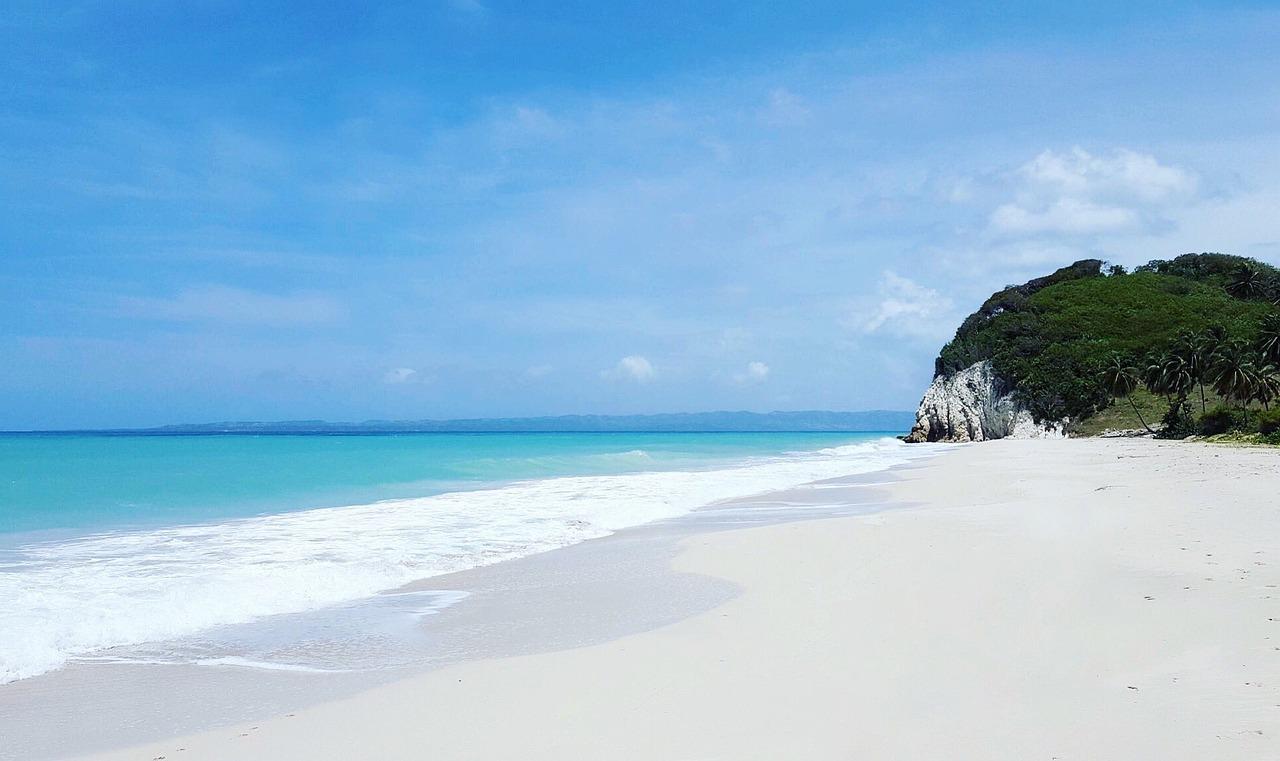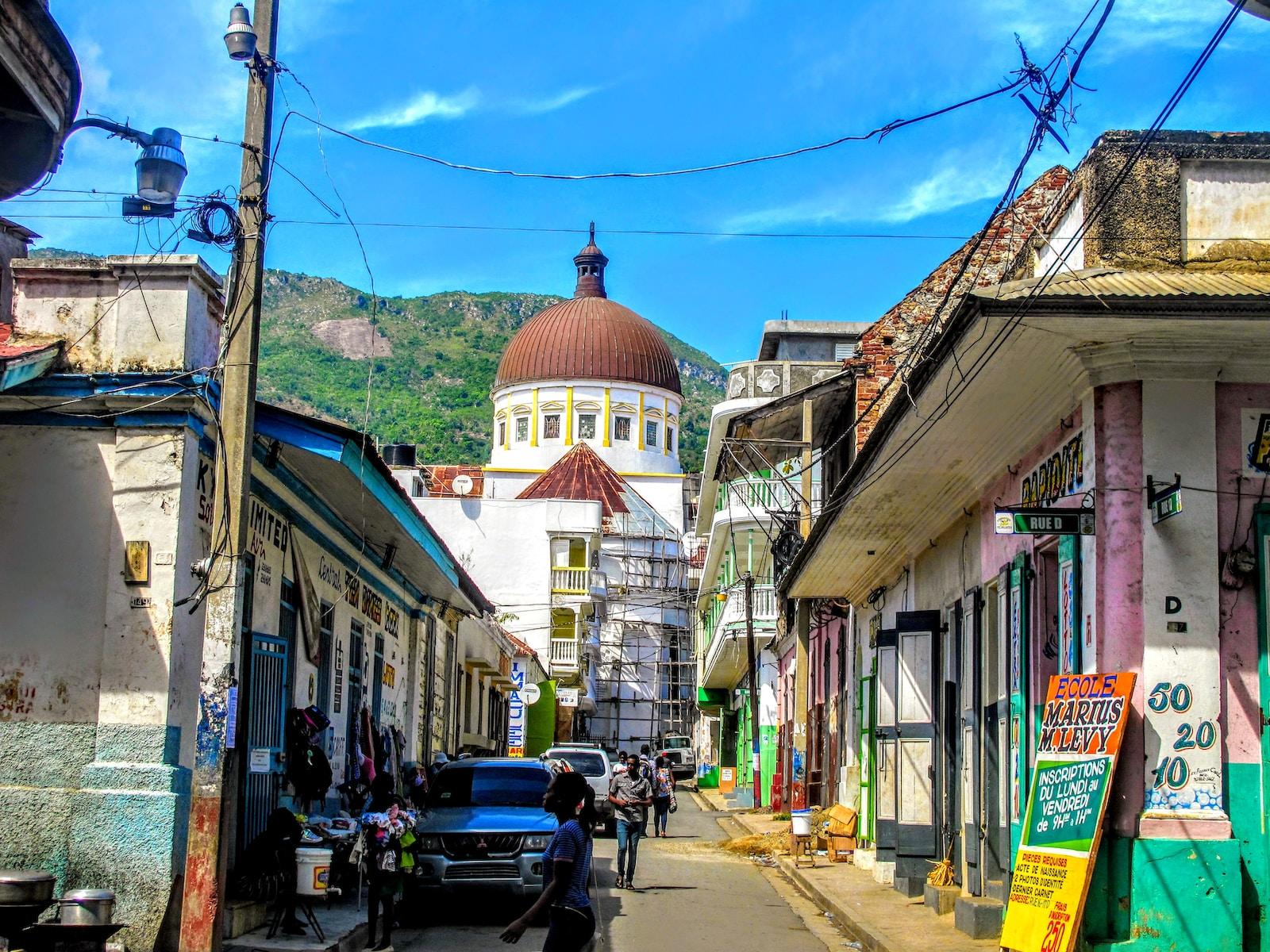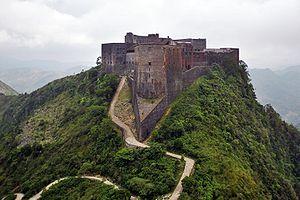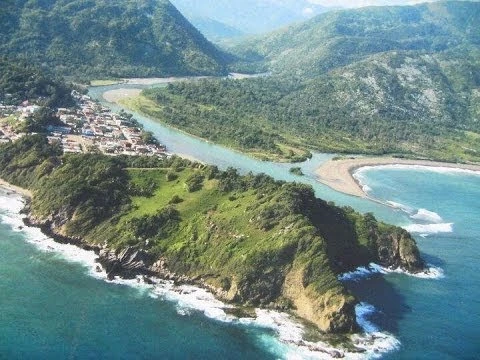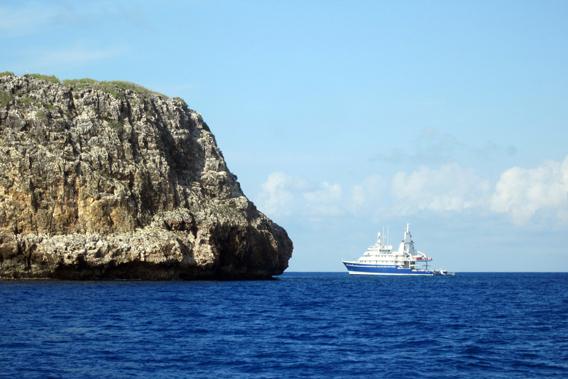A Caribbean Jewel: Discover Haiti
Haiti, often referred to as the “Pearl of the Antilles,” is a captivating country located on the western part of the island of Hispaniola. With its natural wonders, rich cultural heritage, and historical significance, Haiti offers a diverse and enchanting experience for visitors.
Haiti’s Natural Wonders: Beaches & Mountains
One of the most alluring aspects of Haiti is its breathtaking natural beauty. The country boasts stunning beaches with turquoise waters and pristine white sands. Destinations such as Labadee, Jacmel, and Port Salut offer idyllic settings for relaxation and water activities.
Beyond the coast, Haiti is adorned with majestic mountains and verdant landscapes. The Pic Macaya National Park and the Massif de la Hotte are home to diverse ecosystems, showcasing the country’s remarkable biodiversity. Hiking enthusiasts can explore hidden trails, encounter exotic flora and fauna, and relish panoramic views from mountain peaks.
Haiti’s Diverse Geography
Haiti’s geography is characterized by its mountainous terrain, lush valleys, and fertile plains. The country shares the island of Hispaniola with the Dominican Republic, with the Caribbean Sea to the south and the Atlantic Ocean to the north. The breathtaking peaks of the Massif du Nord, the Chaîne de la Selle, and the Montagnes Noires dominate the landscape, providing a picturesque backdrop to Haiti’s natural wonders.
Let’s run some numbers and highlights for Haiti. Haiti covers an area of approximately 27,750 square kilometers or 10,714 square miles. Haiti is home to several notable mountains, with the Pic la Selle being the highest peak in the country, reaching an elevation of 2,680 meters (8,793 feet). Other prominent mountains include Morne de la Selle and Morne Cabaio in the Sud-Est Department, It is located at an elevation of 2,005 meters above sea level.
Regarding lakes, Haiti features Lake Azuei, located on the border with the Dominican Republic. It is the largest lake in the country, spanning an area of around 170 square kilometers (65 square miles).
In terms of rivers, Haiti is traversed by various waterways. The longest river in Haiti is the Artibonite River, stretching approximately 320 kilometers (200 miles) in length. This river is of great importance to the country, serving as a vital water source and supporting agricultural activities in the Artibonite Department. These geographical features contribute to the natural diversity and landscape of Haiti, making it a unique and intriguing destination.
Haiti Subdivision: Departments, Cities, and more
Haiti is a country divided into various departments. Haiti has 10 departments, each with its own careers, culture, and characteristics. Each department has the potential to offer a unique set of experiences and attractions for visitors. The departments reflect the cultural richness, natural beauty, and historical significance of Haiti, contributing to the diverse mosaic of the country’s culture and identity. Haiti consists of 10 departments, which are the primary administrative divisions of the country. It also has 42 arrondissements, further dividing the departments into smaller administrative units. The arrondissements, in turn, comprise multiple communes, of which there are 146 in Haiti. And these communes (or cities) are subdivided into communal sections. There are more than 570 communal sections in Haiti.
The list of the departments from North to South, and West to East:
- Nord-Ouest Department, Capital: Port de Paix
- Nord Department, Capital: Cap Haïtien
- Nord-Est Department, Capital: Fort-Liberté
- Artibonite Department, Capital: Gonaïves
- Centre Department, Capital: Hinche
- Ouest Department, Capital: Port-au-Prince
- Nippes Department, Capital: Miragoâne
- Grand’Anse Department, Capital: Jéremie
- Sud Department, Capital: Cayes, and
- Sud-Est Department, Capital: Jacmel
Lively Beats and Music
Haiti’s vibrant music scene is an integral part of its cultural fabric. The country has birthed numerous musical genres, most notably Kompa (Compas). This lively and rhythmic music blends African beats, French influences, and Caribbean flair. Haitian musicians have gained international recognition, and their music resonates with audiences worldwide.
Indulge in Haitian Cuisine: Savory & Sweet
Haitian cuisine is a true delight for food enthusiasts. Influenced by French, African, and Caribbean culinary traditions, Haitian dishes are a harmonious fusion of flavors. From the iconic griot (marinated and fried pork) and tasso (spiced turkey) to comforting dishes like diri ak djon djon (rice with black mushrooms), Haitian cuisine tantalizes the taste buds.
No culinary journey in Haiti is complete without sampling the irresistible sweet treats. Try the popular Haitian confections, such as dous makòs (coconut fudge) and tablèt pistach (peanut brittle), for a deliciously satisfying experience.
Some traditional food of Haiti:
- Griyo: Fried pork chunks marinated in a flavorful blend of citrus juices and spices.
- Rice and Beans (Diri ak Pwa): A staple dish combining seasoned rice with black beans, often served with meat or vegetables.
- Taso: Spicy dried beef strips that are typically marinated and then fried or grilled.
- Legim: A hearty vegetable stew made with a variety of locally grown vegetables, often including eggplant, spinach, cabbage, and carrots, cooked with meat and spices.
- Akra: Deep-fried fritters made from a mixture of malanga (taro) or codfish, seasoned with herbs and spices.
- Poul ak Nwa: Chicken cooked in a rich and savory black mushroom sauce, often served with rice or plantains.
- Lanbi: Conch meat prepared in a flavorful sauce with spices, onions, and bell peppers, often served with rice or as a stew.
- Kalalou: A delicious okra-based stew with meat or seafood, mixed with tomatoes, peppers, and spices.
- Mayi Moulen ak Sòs Pwa: Cornmeal cooked to a smooth consistency and served with a savory bean sauce.
- Pen Patat: Sweet potato pudding made with grated sweet potatoes, coconut milk, spices, and often baked to perfection.
These traditional Haitian dishes showcase the vibrant flavors, local ingredients, and cultural heritage of Haitian cuisine.
Haiti’s Rich Artistic & Cultural Heritage
Haiti boasts a rich artistic and cultural heritage that is deeply rooted in its history. The country is renowned for its vibrant paintings, sculptures, and handicrafts. The distinctive style of Haitian art often portrays scenes from daily life, mythical creatures, and the country’s natural landscapes. The famous Iron Market in Port-au-Prince is a treasure trove of unique artworks and handmade crafts.
Literature Yesterday and Today
Haiti has a long literary tradition that spans centuries. Renowned Haitian authors like Jacques Roumain and Edwidge Danticat have captured the essence of Haiti’s history, culture, and struggles through their thought-provoking works. Haitian literature offers a deep insight into the country’s past, present, and aspirations for the future.
Awe-Inspiring Architecture: Haiti’s Landmarks
Haiti is home to awe-inspiring architectural gems that reflect its historical and cultural significance. The Sans-Souci Palace and the Citadelle Laferrière, both UNESCO World Heritage sites, are stunning examples of 19th-century Haitian architecture. These majestic structures stand as testaments to Haiti’s triumph over slavery and its fight for independence.
Haiti’s Historical Significance & Triumph
Haiti holds a significant place in history as the first independent Black republic in the world. The Haitian Revolution, led by Toussaint Louverture and Jean-Jacques Dessalines, resulted in the abolition of slavery and the establishment of a free nation. The courage and resilience of the Haitian people in the face of adversity continue to inspire generations.
Top Activities: Festivals, Hiking, & More
Haiti offers a myriad of activities for travelers seeking adventure and cultural immersion. Explore the vibrant local festivals, such as Carnival, where the streets come alive with music, dance, and elaborate costumes. Embark on thrilling hiking expeditions through the lush mountains and discover hidden waterfalls and natural wonders. Immerse yourself in the local culture through community visits, where you can learn traditional crafts, dance, and rituals.
Haiti is a Caribbean jewel that captivates visitors with its natural wonders, vibrant culture, mouthwatering cuisine, and rich history. From its stunning beaches and mountains to its lively music and artistic heritage, Haiti offers a truly unique and unforgettable experience for those who venture to its shores. Discover the allure of Haiti and uncover the many treasures it has to offer.


